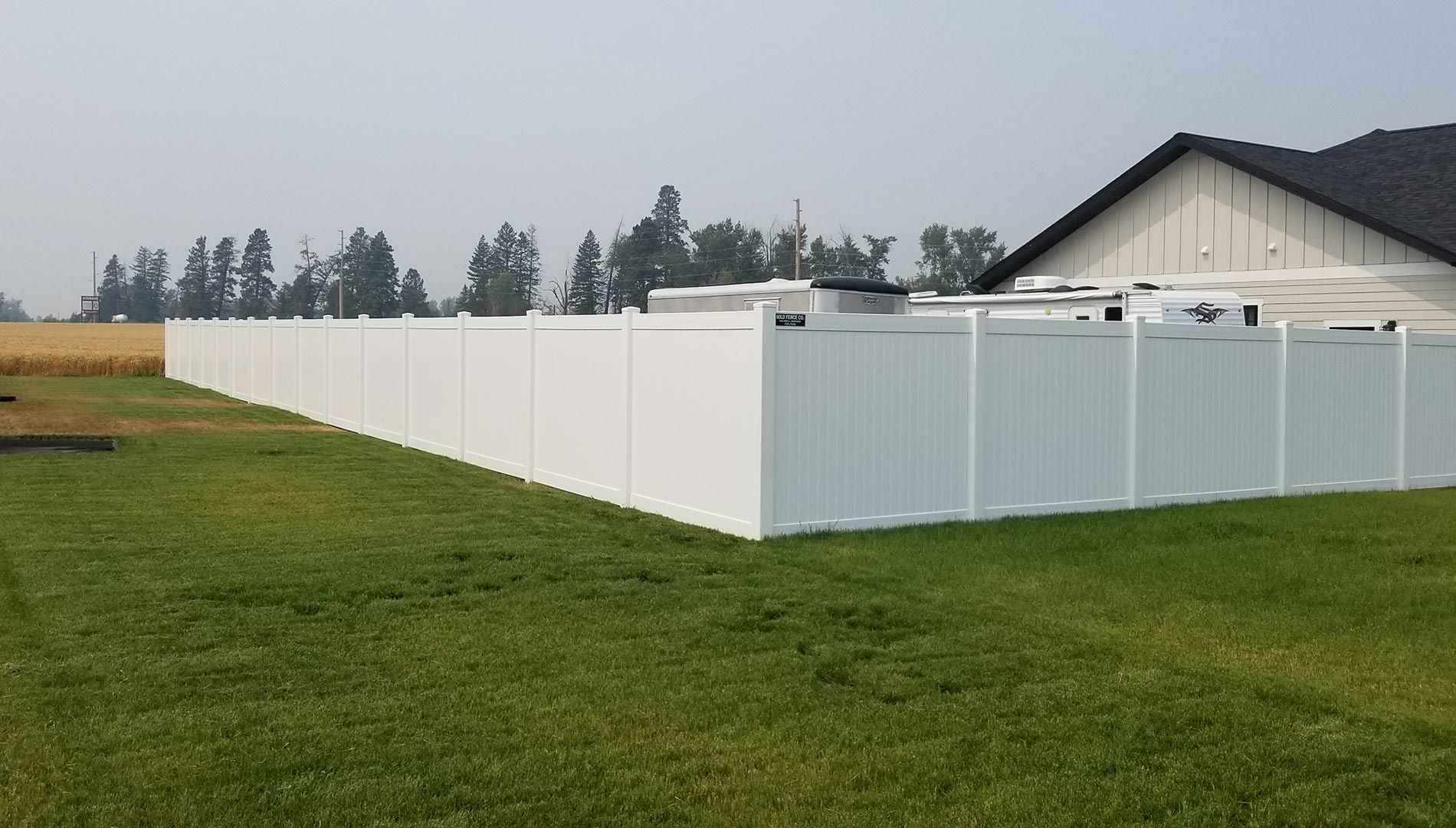Fence upkeep doesn’t always require expert help. With the proper tools and a little know-how, you can manage many standard issues yourself and save on repair costs. Here’s a simple guide to DIY fence care.
Essential Tools for DIY Fence Maintenance
Before you start fixing your fence, be sure to have the proper tools ready. Here’s a list of essential items for handling most DIY fence repairs:
- Hammer – For repairing loose nails or fixing broken boards
- Screwdriver – Great for tightening screws in wooden or metal fences.
- Post Level – Ensures your fence posts stay perfectly vertical
- Paint or Stain – Protects wooden fences from weathering and enhances longevity
- Wire Cutters – Useful for trimming wire fences or cutting away tangled vines
Step-by-Step Guide for Common Issues
Steps to Fix a Loose Fence Board
If you notice a loose or damaged board, fixing it is relatively simple:
- Use a hammer or screwdriver to remove any loose nails or screws.
- Align the board with the rest of the fence and secure it with new nails or screws.
- If needed, reinforce the board with a corner bracket or additional support.
How to Stain and Seal Wooden Fences
To protect your wooden fence and maintain its appearance, staining or sealing is essential:
- Begin with a thorough cleaning, ensuring you remove all dirt, debris, and mildew.
- Pick a stain or sealant that is designed for outdoor use.
- Evenly apply the stain with a brush or sprayer, working from top to bottom.
- Let the stain dry fully before using the fence again.
Recognizing When You Need Professional Fence Help
Not every fence issue can be fixed with a DIY approach. While minor repairs like tightening screws or replacing boards are manageable, more complex problems may require a professional's expertise:
- If you notice significant structural damage, such as leaning posts or a sagging fence, it’s time to call a pro.
- Electric fences or high-security fences that need specialized skills.
- Major weather damage that could compromise the integrity of the entire fence.
If you’re not sure if you can handle a repair, it’s always safer to contact a professional. This can prevent costly mistakes and frustration.
